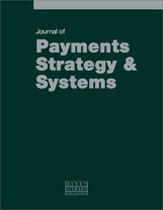Rewriting the geography of money: A three-pillar framework for programmable liquidity
Abstract
Legacy cut-off windows, fragmented messaging standards and post-transaction compliance create frictions in global payments. This paper proposes a three-pillar framework for programmable money that reconceives liquidity, value movement and trust as event-driven logic. Results show a 57 per cent reduction in processing costs when instructions travel as native ISO 20022 objects and liquidity buffers are recalculated every 15 seconds. Working capital tied up in settlement falls by 120 basis points, while real-time compliance screening cuts false-positive alerts by 67 per cent. Under a 100 million-transaction annual scenario, an additional US$285bn in global GDP is projected by 2028. Analysis indicates that banks can recover ISO 20022 migration expenses within 18 months. The paper concludes with a staged roadmap and outlines research gaps. This article is also included in the the Business & Management Collection which can be accessed at https://hstalks/business.
The full article is available to subscribers to the journal.
Author's Biography
Henry Maloba is an independent payments strategist with over 15 years’ experience in African and international banking. His work focuses on the design of end-to-end clearing systems, real-time liquidity orchestration and embedded finance architectures. He has led cross-border remittance and mobile money initiatives across four continents. His current efforts centre on an international cloud-native, programmable payments and treasury platform.
